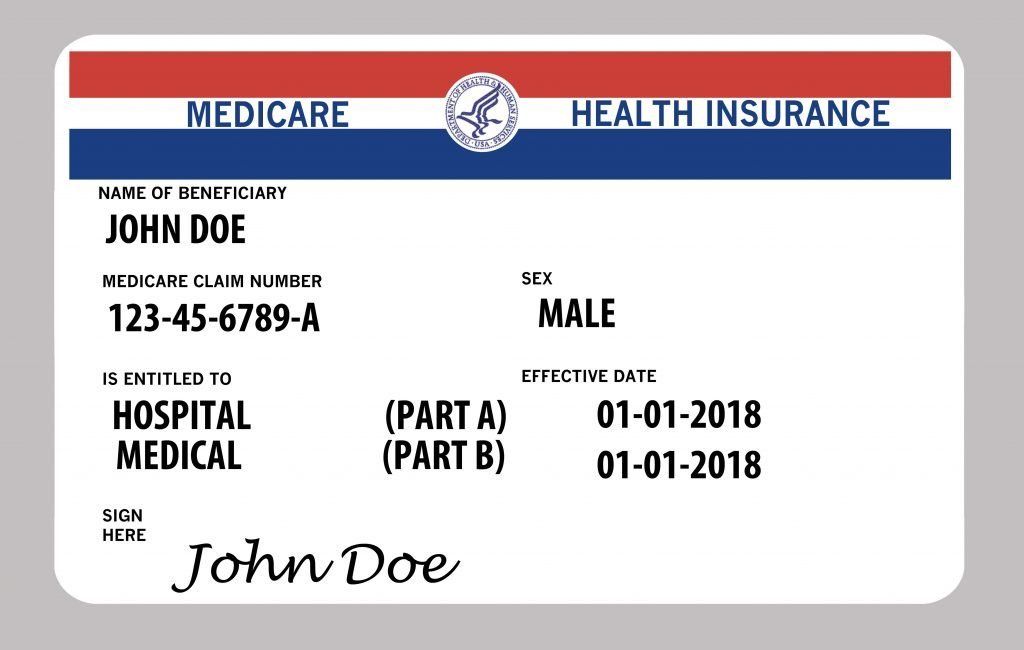Medicare Advantage Plans

Medicare Advantage Plans combine Medicare Part A and Part B coverage. Medicare Advantage Plans, sometimes called “Part C” or “MA Plans,” are offered by Medicare-approved private companies that must follow rules set by Medicare. Most Medicare Advantage Plans include drug coverage (Part D). In most cases, you’ll need to use health care providers who participate in the plan’s network. These plans set a limit on what you’ll have to pay out-of-pocket each year for covered services.
Common Plan Types
HMO – Health Maintenance Organization
PPO – Preferred Provider Organization
PFFS – Private Fee for Service
SNP – Special Needs Plans
Other less common types of Medicare Advantage Plans that may be available include
- HMO Point of Service (HmoPoS) Plans and a Medicare Medical Savings Account (MSA) Plan.
Who can join a Medicare Advantage Plan?
- You're a U.S. citizen or lawfully present in the U.S.
- You have Medicare Part A and Part B.
- You live in the service area of the plan you want to join.
How do Medicare Advantage Plans work?
If you join a Medicare Advantage Plan, you'll still have Medicare but you'll get most of your Part A and Part B coverage from your Medicare Advantage Plan, not Original Medicare.
These "bundled" plans include Medicare Part A (Hospital Insurance) and Medicare Part B (Medical Insurance), and usually Medicare drug coverage (Part D).
Covered Services
With a Medicare Advantage Plan, you may have coverage for things Original Medicare doesn't cover, like –
- fitness programs
- vision
- hearing
- dental services
Plans can also choose to cover even more benefits. For example, some plans may offer coverage for services like transportation to doctor visits, over-the-counter drugs, and services that promote your health and wellness. Plans can also tailor their benefit packages to offer these benefits to certain chronically-ill enrollees. These packages will provide benefits customized to treat specific conditions.
Rules for Medicare Advantage Plans
Medicare pays a fixed amount for your care each month to the companies offering Medicare Advantage Plans. These companies must follow rules set by Medicare. Each Medicare Advantage Plan can charge different out-of-pocket costs. They can also have different rules for how you get services, like:
Whether you need a referral to see a specialist If you have to go to doctors, facilities, or suppliers that are outside the network
These rules can change each year.
Costs for Medicare Advantage Plans
What you pay in a Medicare Advantage Plan depends on several factors. In most cases, you’ll need to use health care providers who participate in the plan’s network. Some plans won’t cover services from providers outside the plan’s network and service area.
Medicare Advantage Plans have a MOOP (max out-of-pocket) limit for all Part A and Part B services. Once you reach this limit, you’ll pay nothing for services Part A and Part B cover.
Drug Coverage in Medicare Advantage Plans
Most Medicare Advantage Plans include prescription drug coverage (Part D). You can join a separate Medicare Prescription Drug Plan with certain types of plans that:
Can’t offer drug coverage (like Medicare Medical Savings Account plans)
Choose not to offer drug coverage (like some Private Fee-for-Service plans)
You’ll be disenrolled from your Medicare Advantage Plan and returned to Original Medicare if both of these apply:
You’re in a Medicare Advantage HMO or PPO.
You join a separate Medicare Prescription Drug Plan.
Note:
If you’re in a plan that doesn’t offer drug coverage, and you don’t have a Medicare drug plan, you may have to pay a late enrollment penalty if you decide to join a Medicare drug plan later. Visit Medicare.gov/drug-coverage-part-d/costs-for-medicare-drug-coverage/part-d-late-enrollment-penalty to learn more about the Part D late enrollment penalty.











